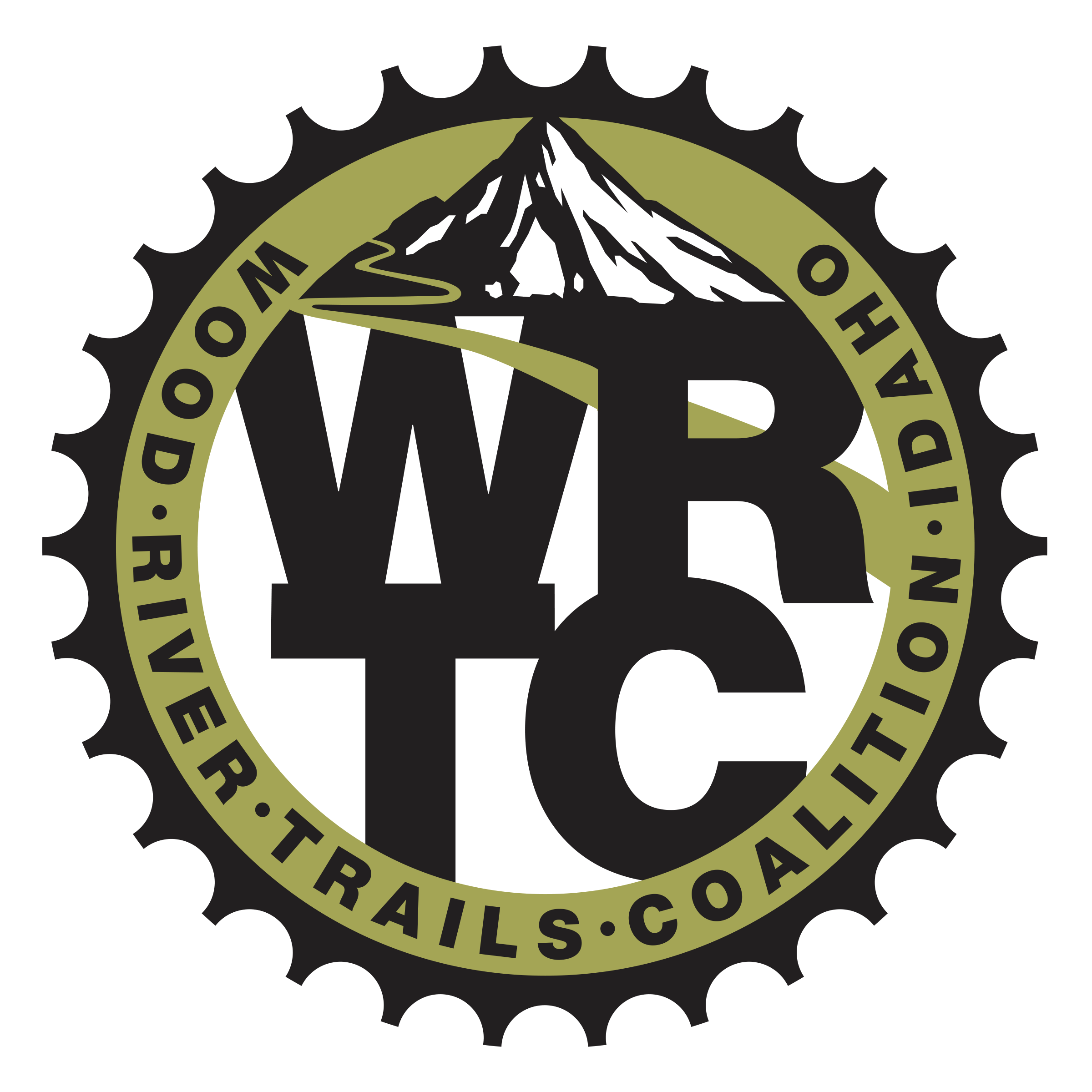Connecting our Community
A great quote, read by The Community Library's Programs and Education Director, Martha Williams, at our Trail Monitoring Presentation last week.
“Paths are the habits of a landscape. They are acts of consensual making. It’s hard to create a footpath on your own. The artist Richard Long did it once, treading a dead-straight line into desert sand by turning about dozens of times. But this was a foot-mark not a footpath: it led nowhere except to its own end, and by walking it Long became a tiger pacing its cage or a swimmer doing lengths. With no promise of extension, his line was to a path what a snapped twig is to a tree. Paths connect. This is their first duty and their chief reason for being. They relate places in a literal sense, and by extension they relate people.
“Paths are consensual, too, because without common care and common practice they disappear: overgrown by vegetation, ploughed up or built over...Like sea channels that require regular dredging to stay open, paths need walking. In nineteenth-century Suffolk small sickles called ‘hooks’ were hung on stiles and posts at the start of certain well-used paths: those running between villages, for instance, or byways to parish churches. A walker would pick up a hook and use it to lop off branches that were starting to impede passage. The hook would then be left at the other end of the path, for a walker coming in the opposite direction. In this manner the path was collectively maintained for general use.”
From The Old Ways: A Journey on Foot by Robert Macfarlane, 2012.
Thanks for supporting us as we work to create, maintain and sustain the trails that connect our community in more ways than one!

